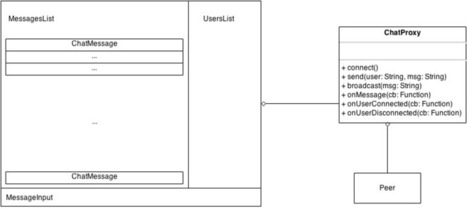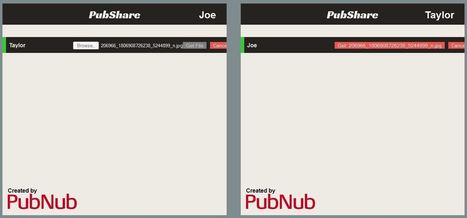In 'Totally Tooling Tips' web developers Matt and Addy discuss the latest topics, issues and work arounds for building apps and libraries to help mop up your Totally Tooling Tears.
Research and publish the best content.
Get Started for FREE
Sign up with Facebook Sign up with X
I don't have a Facebook or a X account
Already have an account: Login

Keeping track of current JavaScript Frameworks that help design your clientside Business Logic Layers.
Curated by
Jan Hesse
 Your new post is loading... Your new post is loading...
 Your new post is loading... Your new post is loading...
No comment yet.
Sign up to comment

Benjamin Dean's curator insight,
January 21, 2014 9:42 AM
I've been a big fan of what Twilio can do for small organizations, and this series gives good insight on building a full-stack app with AngularJS. |
|
















